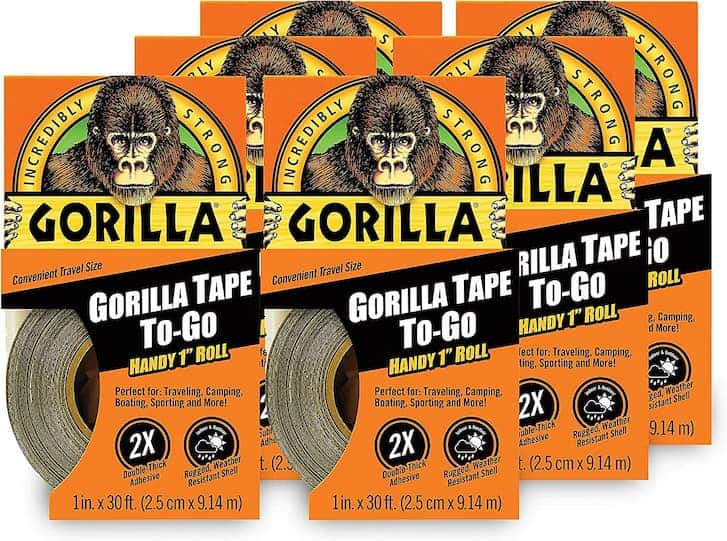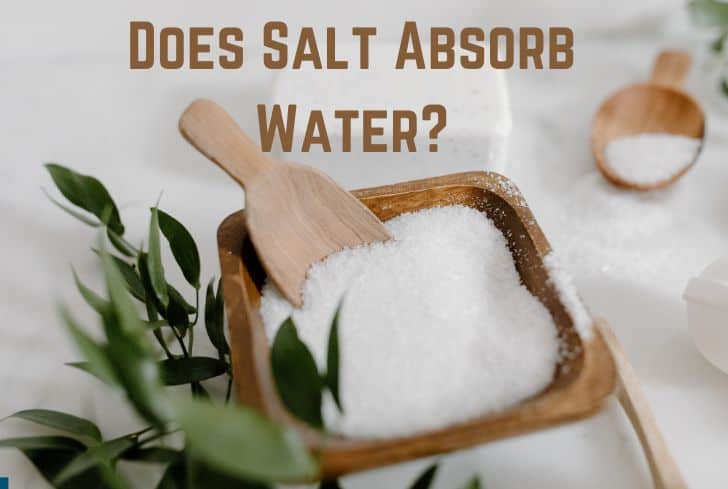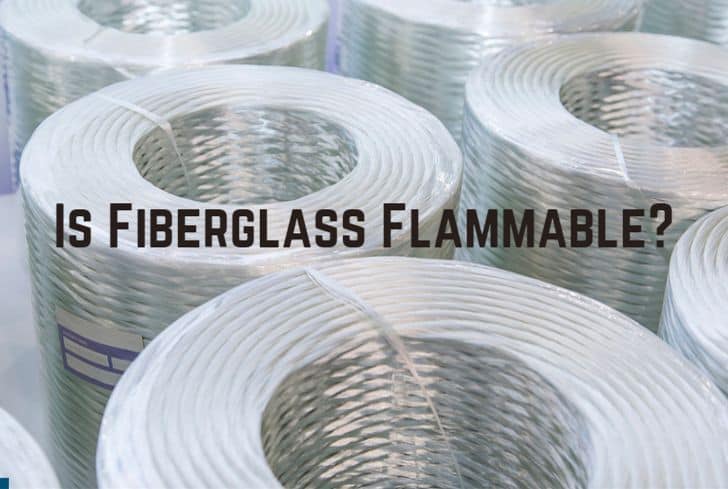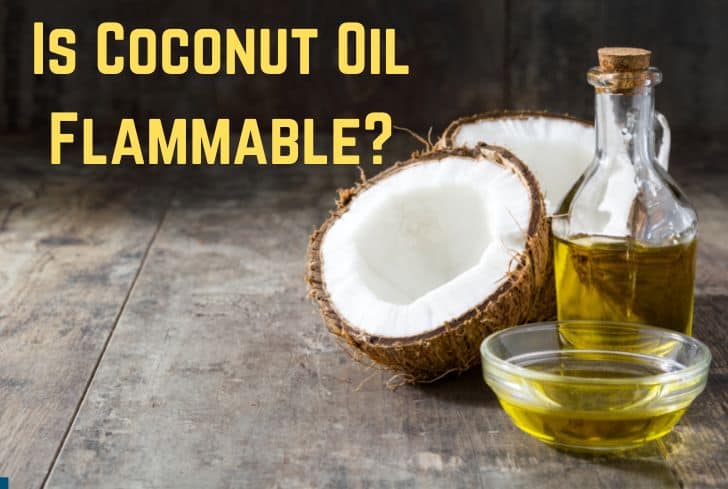Is Cast Iron Magnetic? (Yes. It is)
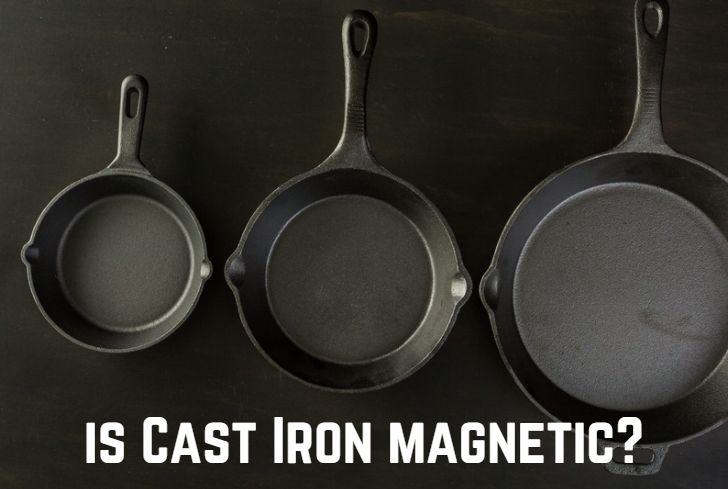
Cast iron is a kind of iron-carbon alloy consisting of more than 2% of carbon. Its low melting point and other properties have made it an engineering material with a wide range of applications from pipes to automotive parts. It has been used since as far back as the 5th century BC.
Have you ever wondered if cast iron is magnetic? In this article, we are going to discuss just that. We will begin with the properties and uses of cast iron. Then we will look at its magnetic properties in detail. Finally, we will also talk about some different types of cast iron.
Read: Is Nickel Magnetic?
Will a Magnet Stick to Cast Iron?
Yes, a magnet will stick to cast iron. Cast iron is an alloy consisting largely of iron, and therefore, it inherits the magnetism of the metal. Iron has unpaired electrons in its outer shell, which makes it a ferromagnetic material that is strongly attracted to magnets.
Let us first try to understand what magnetism is. Magnetism is a force caused by the motion of electric charges. Every substance is made up of atoms. These atoms have electrons (particles that carry an electric charge) that circle the atom’s centre, called the nucleus.
In most substances, equal numbers of electrons spin in opposite directions. This cancels out their magnetism, and they are not attracted to a magnetic field. These include things like cloth, wood, paper etc. and are called diamagnetic.
However, in some substances like iron, the electrons spin in the same direction. This allows their magnetic fields to combine, and it produces a magnetic field extending beyond the atoms. These objects are strongly attracted to magnets and are called ferromagnetic.
Cast iron is largely made up of iron, and it inherits the ferromagnetism of the metal. The strength of magnetism in cast iron depends on the other constituents of the alloy.
Properties and Uses of Cast iron
These are the properties of cast iron:
- Cast iron tends to be brittle, except for malleable cast iron.
- It has a low melting point of about 1204°C (2200°F).
- It has good fluidity and castability, meaning that it can be easily cast (melted and solidified into the desired shape) with minimal costs and energy.
- Cast iron also has great machinability, so it can be cut be ease.
- Finally, it is resistant to deformation as well as wear & tear.
Because of all these excellent properties, cast iron is employed in a wide range of uses:
- In ancient China, cast iron was used for warfare, agriculture, and architecture. Even today, cast iron is used to make pipes; earlier grey cast iron was widespread and now ductile cast iron is used.
- The heat retention and ability to maintain high temperatures for a long time make cast iron great for cookware. So, pots, pans, and many other utensils are made using it.
- Grey cast iron is used in engine cylinder blocks, gearbox cases, and machine tool bases.
- Gears, camshafts, and piston rings are made using ductile cast iron.
- Automotive parts, anchors for ships, and rail equipment are also made with cast iron.
Is Ductile Cast Iron Magnetic?
Yes, ductile cast iron is magnetic. It is a type of graphite-rich cast iron discovered in 1943. Ductile cast iron largely consists of iron and inherits the magnetism of the metal. Plus, the spheroidal graphite particles give the alloy high induction power for magnetization and high permeability.
Ductile cast iron (also known as ductile iron, nodular cast iron, etc.) is a type of graphite-rich cast iron discovered by Keith Millis in 1943. It consists of a group of materials whose microstructure can be controlled to give them a wide range of properties.
The defining characteristic of these materials is the shape of the graphite (a crystalline form of carbon). In ductile iron, graphite is present in the shape of nodules. This is in contrast to the flakes present in grey iron, which create stress concentration points within the metal matrix.
The rounded nodules inhibit the formation of cracks and make the alloy ductile, giving it its name. The nodule formation is achieved by adding nodulizing elements, usually magnesium and sometimes cerium.
Ductile cast iron is magnetic because it largely consists of iron, a ferromagnetic material that is strongly attracted to magnets. Plus, the spheroidal graphite nodules of ductile iron give it high induction power for magnetization and high permeability.
Is Cast Iron Cookware Magnetic?
Yes, cast iron cookware is magnetic. They are out of cast iron, which largely consists of iron and inherits the magnetic properties of the metal. Cast iron is great for making cookware because of its heat retention, and it can also allow non-stick cooking.
The term “cast” refers to the process of casting iron: it is smelted into its liquid form, poured into a mold, and then cast into an object. Different kinds of cookware such as frying pans, dutch ovens, karahi, etc. are made with cast iron.
The alloy is great for cookware because of its durability, heat retention, and ability to maintain high temperatures for a long time. Cast iron can also be made stick-resistant with seasoning, a process of coating the cookware’s surface with a bioplastic formed from heated fat or oil. This coating also makes the cookware resistant to heat and corrosion
Cast iron cookware is magnetic because it largely consists of iron, a ferromagnetic material. Therefore, cast iron cookware is also strongly attracted to magnets.
Read: Does Brass Conduct Electricity?
Is Old Cast Iron Magnetic?
Old cast iron can be magnetic depending on its current state. If it is rusted, then it will not be magnetic. Rust is created when the metal alloy is exposed to moisture for a long time, and it is non-magnetic. If the old cast iron is not rusted, then it will still be magnetic.
Iron and its alloys rust because of a chemical reaction known as oxidation. Oxidation occurs when the iron is exposed to moisture or oxygen, and it leads to the formation of iron oxide (Fe2O3). This is what we see as rust, a reddish flaky coating. Rusting destroys the integrity of iron.
Rust is almost non-magnetic, exhibiting a very weak attraction to magnets. So, if old cast iron is rusted, then it will no longer be attracted to magnets.
Check out this video by MagnetsandMotors to see how rust reacts with magnets.
Is Cast Iron Pipe Magnetic?
Yes, cast iron pipes are magnetic. These cast iron pipes are largely composed of iron, and they inherit the ferromagnetic nature of the metal. So, they are also strongly attracted to magnets.
Cast iron pipes are largely made up of grey cast iron. They have been used for the transmission of water, gas and sewage, and were predominant till the 20th century. In cast iron pipes, the graphite forms flakes during the casting process, which create stress concentration points in the metal matrix.
This is why, in the late 20th century, cast iron pipes were replaced by ductile iron pipes, which have graphite nodules rather than flakes. Ductile iron pipes are much tougher and at the same time more elastic. However, many municipalities and private industries still have some functional cast iron pipes.
Cast iron pipes are largely composed of iron, so they inherit the magnetic properties of the metal. They are strongly attracted to metals.
Is Cast Iron Corrosion-resistant?
The corrosion of cast iron will depend on its composition. Generally, cast iron is quite resistant to corrosion, and with the right alloying, its resistance level can be as good as that of stainless steel.
Cast iron is largely made up of iron, with more than 2% carbon and 1% silicon. The ease of production and affordable price make cast iron an excellent engineering material. Plus, it can also be cast into a variety of shapes due to its fluidity.
Cast iron is usually quite resistant to corrosion. When alloyed properly, its resistance level can be equal to or greater than steel-based or nickel-based alloys. Cast iron cookware is often seasoned (coated with bioplastic) to make it resistant to heat, corrosion, and sticking.
Cast Iron Magnetic Permeability
There are several different types of cast iron, and their magnetic permeability is dependent on their composition. Generally, the magnetic permeability ranges between 309-400 μH/m.
Magnetic permeability is the measure of magnetization that an object acquires in response to an applied magnetic field. There are several types of cast iron: grey cast iron, white cast iron, malleable cast iron, and ductile cast iron.
These consist of different levels of elements such as carbon, silicon, nickel, etc. The magnetic permeability of the cast iron will depend on its composition. Required magnetic properties can be obtained by adding specific alloying elements and changing the microstructure of the cast iron.
Read: Does Diamond Conduct Electricity?
Conclusion
In this article, we have looked at the magnetism of cast iron. Since the alloy is largely composed of iron, it acquires the ferromagnetic properties of the metal and is strongly attracted to magnets. We looked at the properties. Finally, we also talked about different types of cast iron like grey cast iron and ductile cast iron.

